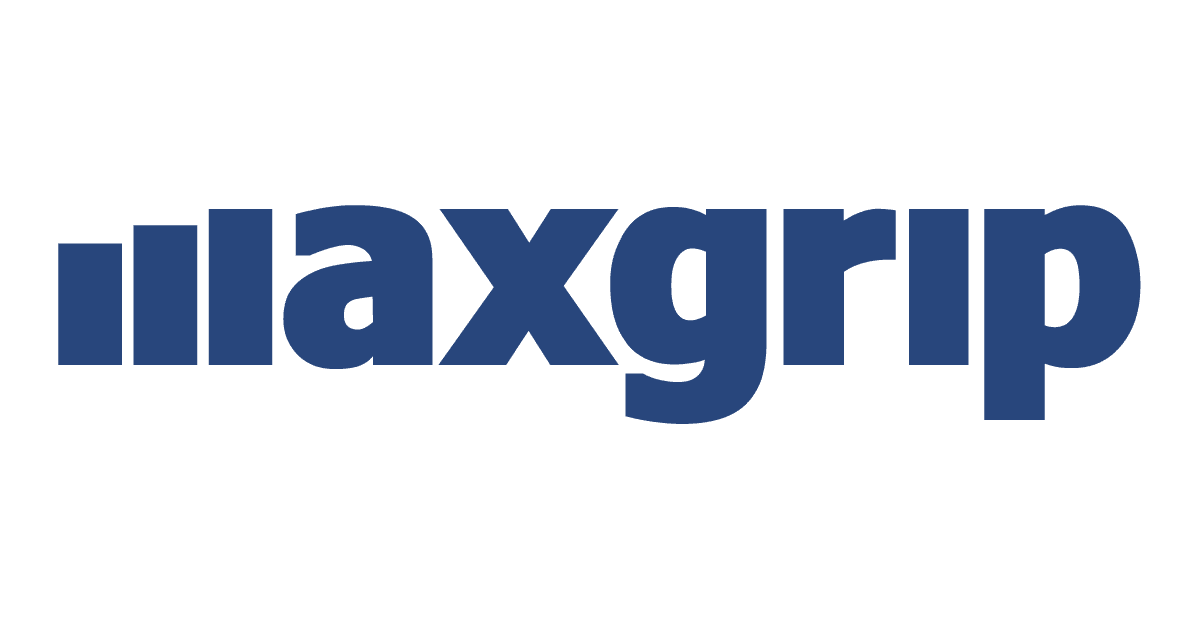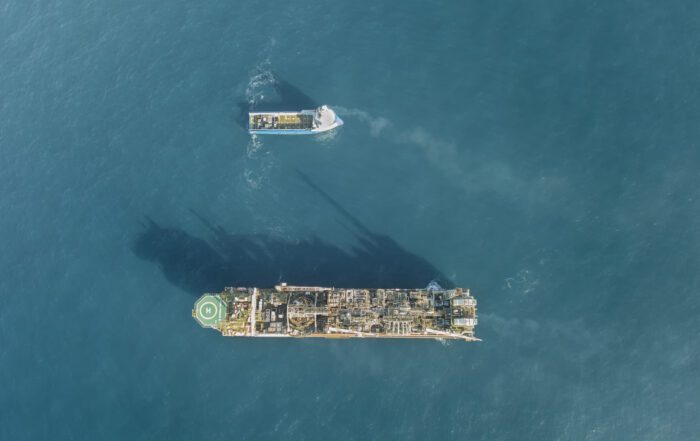The water and wastewater industry needs to ensure water safety, optimal and reliable water quantity and water quality. All this in a context of social changes such as climate adaptation, circularity and energy reduction and – generation. Water authorities have to respond to these challenges. At the same time, these organizations need to ensure the continuous performance of the assets within acceptable costs and risks. Both tasks appeal to the same limited resources (people, money). As a result we see a competition between preservation (keep things running) and innovation (respond to social changes).
Organizations have to be able to qualify and quantify this Asset Management triangle of Performance, Cost and Risk to their Board and other stakeholders to enable well-informed decision making. This requires organizations to have a good insight into their asset base and their own organization. Important trends in this domain are ageing assets and an ageing workforce, which can be detrimental to the organizational goals. Utilizing modern technologies and alignment of the organization to utilize these opportunities are a means to be ready for the future.
MaxGrip has a vast track record in the water and wastewater industry. We have helped many asset owners overcome APM obstacles to transform into a future-proof, robust organization.
APM Challenges for Water and Wastewater
Best practices SAMP, AMP and LTAP at two water authorities
Peter van der Haven (Asset Manager at water authority Rijnland) and Eric Voost (Asset Manager at water company Waternet) have quite some experience with Asset Management instruments such as SAMP, AMP and LTAP. Arjen van Bruchem, consultant at MaxGrip, talks to them about their ideas, experience and best practices.

Meet the organizations already boosting their performance with MaxGrip
10 - 15%
Decrease of manpower
Get inspired
Join our senior reliability consultants cover how your organization can maximize its CMMS data potential to drive business decisions and realize untapped potential.
Using the Five Why technique is simple and effective because it understands that below the obvious "symptoms" of a problem there is a great catalyst.
Checklist with best practices to keep in mind when planning your asset life extension (ALE) process.








